Two Canberra landmarks named in Australia’s top ten concrete buildings list
Find out which buildings made it into the top ten list of the most outstanding concrete architectural works in Australia. With a carpark in the mix, the list is likely to be controversial.
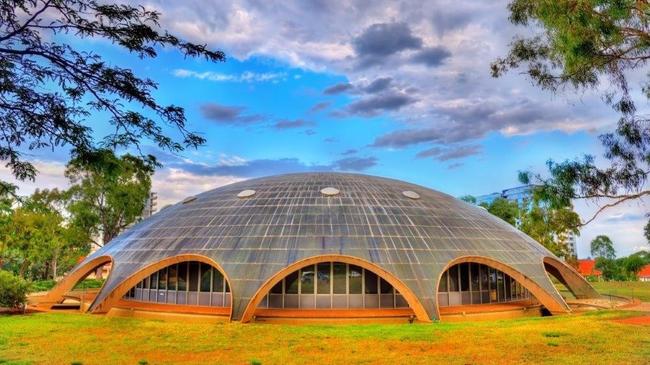
Canberra Star
Don't miss out on the headlines from Canberra Star. Followed categories will be added to My News.
- Canberra a haven for bikies
- Ski resorts sack staff over drug offences
- Now and Then pictures of Canberra
- Mercedes drug trafficker launches appeal
Two buildings in Canberra have made it into a top 10 list of the most outstanding concrete public architectural works in the country.
The Australian Academy of Science’s famous “Martian Embassy” and the High Court of Australia were among those selected by an expert panel comprising some of Australia’s best-known architects and building experts.

The other structures that made the cut are the Sydney Opera House, Australia Square, Punchbowl Mosque and Gladesville Bridge in Sydney, the James Cook University Library in Townsville, the Melbourne University carpark, Victorian State Offices and the Queensland Art Gallery in Brisbane.
The publication of the Top 10 List marks the 90th anniversary of the establishment of the organisation representing the heavy construction materials industry; Cement Concrete & Aggregates Australia (CCAA).
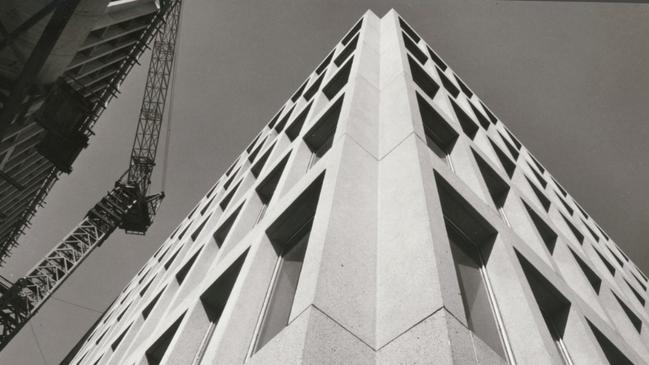
Judging panel chair Peter Poulet said the Australian Academy of Science’s Shine Dome, which was dubbed the “Martin Embassy” when it was officially unveiled 60 years ago, was a classic futuristic structure conceived and built during the space age of the 1950s.
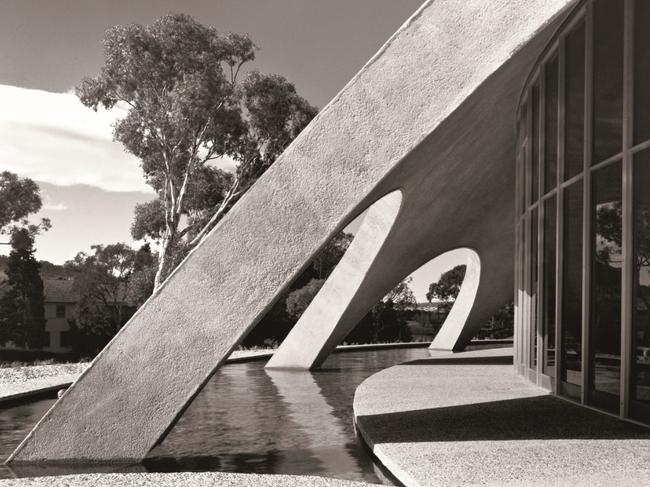
“The Shine Dome is a testament not only to an optimistic view of the future but also an example of how building materials were being reconceived to represent a dynamic and exciting world,” Mr Poulet said.
The former government architect described the High Court of Australia as a “beautifully crafted monolithic structure imbued with the dignity and status of the highest court in the land”.
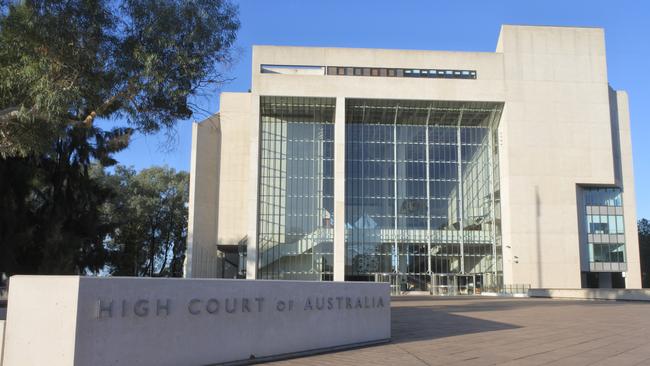
“Built of reinforced concrete, it exemplified the robust and enduring nature of the institution it contains and represents.”
CCAA CEO Ken Slattery said the top ten list highlighted the aesthetic, environmental, and social contribution concrete has made, and continues to make, to Australia’s urban landscapes since the organisation began 90 years ago.
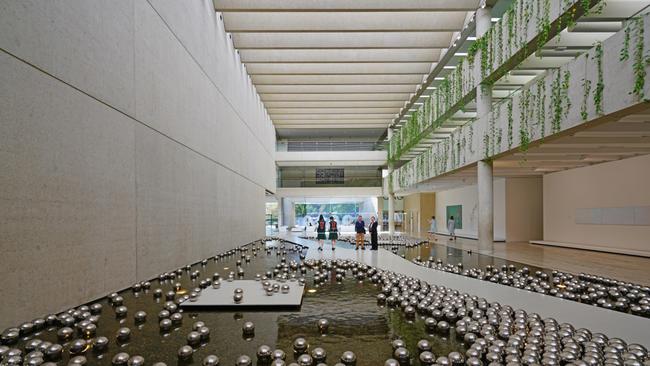
“Since 1929, Cement, Concrete & Aggregates Australia has promoted the inherent qualities,
flexibility and sustainability of concrete as a building and construction material,” Mr Slattery said.
“To mark our 90th year, we embarked on a quest to find Australia’s most important and
distinctive concrete public architectural landmarks, highlighting the central role that concrete
has played in Australia’s urban landscape throughout the past nine decades.
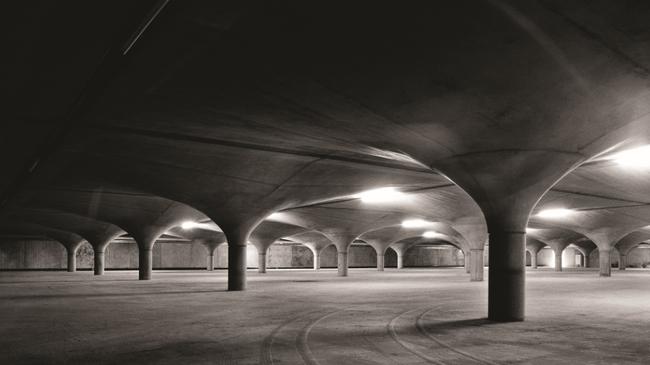
“Some of the Top 10 structures sit in harmony with the landscape, while others are proudly uncompromising; some have Brutalist, geometric composition while others have continuous free-flowing forms, but collectively, this list captures the limitless potential of concrete.”
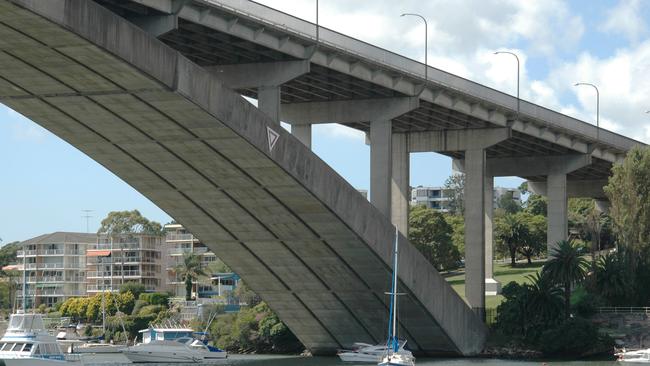
Mr Poulet said the judging panel had whittled down a long list of 45 nominations to 23 finalists before reaching a consensus on the top 10.
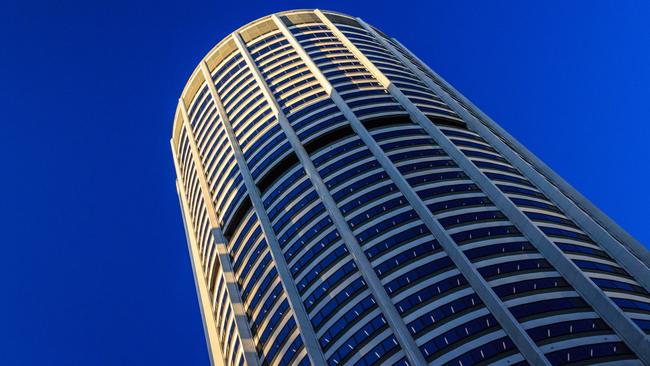
He said the selection was based on three criteria: Architectural Merit; the form, function and structure of the building. Innovation in the use of concrete as a material as a structure and
aesthetically. And finally, Exemplar of the time, which determined whether the project redefined and expanded concrete’s potential.
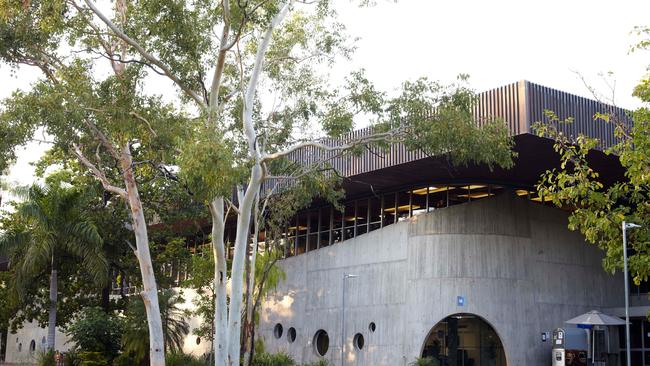
“These buildings and structures remind us of the resilient, enduring beauty of concrete and it is this durability that makes it a key enabling material to put society on a sustainable transition path,” he said.
